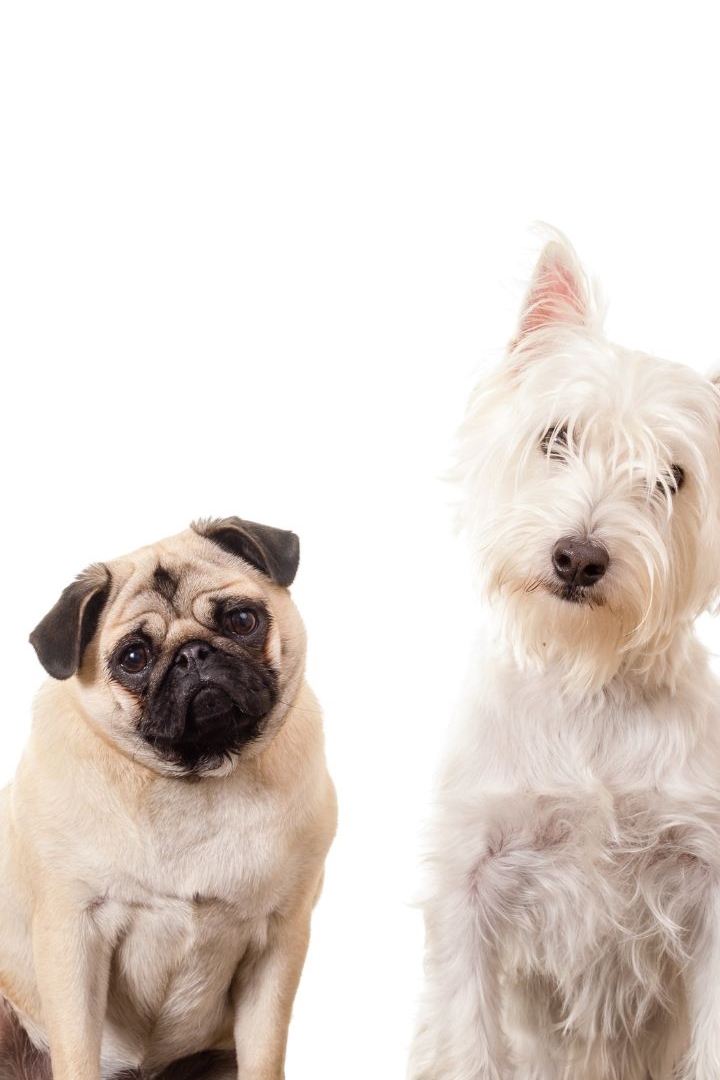
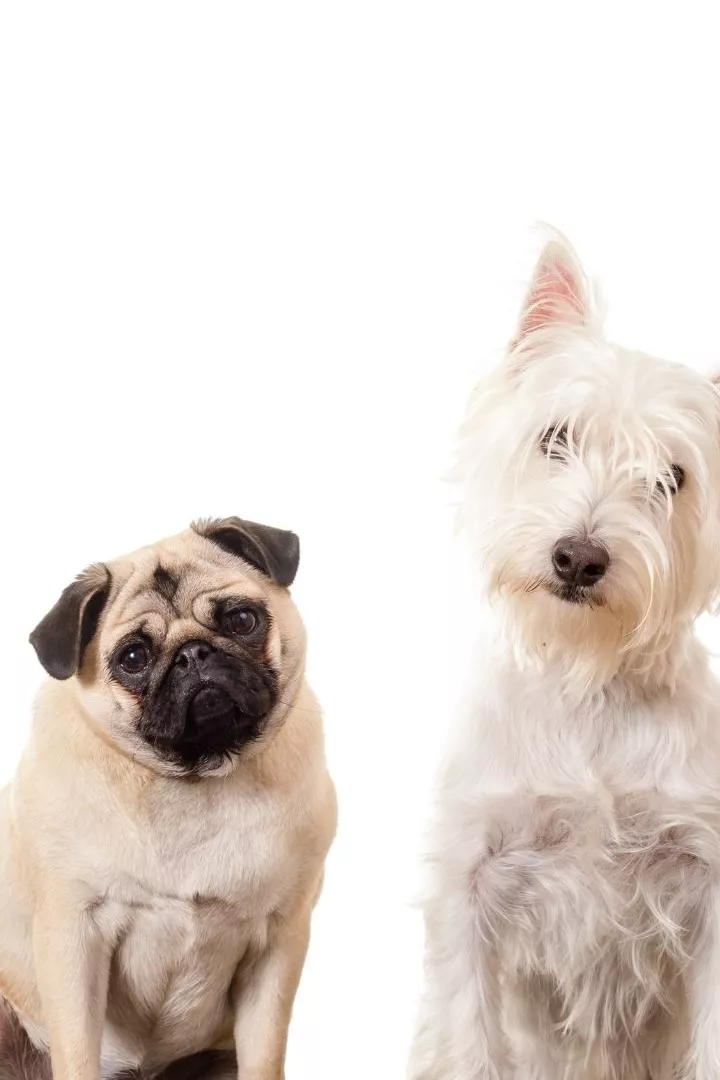
How to introduce your dog to a new dog? 10 steps
Getting a new dog can be a joyous experience. However, it can quickly turn into a nightmare if the new dog is not properly introduced to the current dog. Here are some tips to allow the introductions to go smoothly.
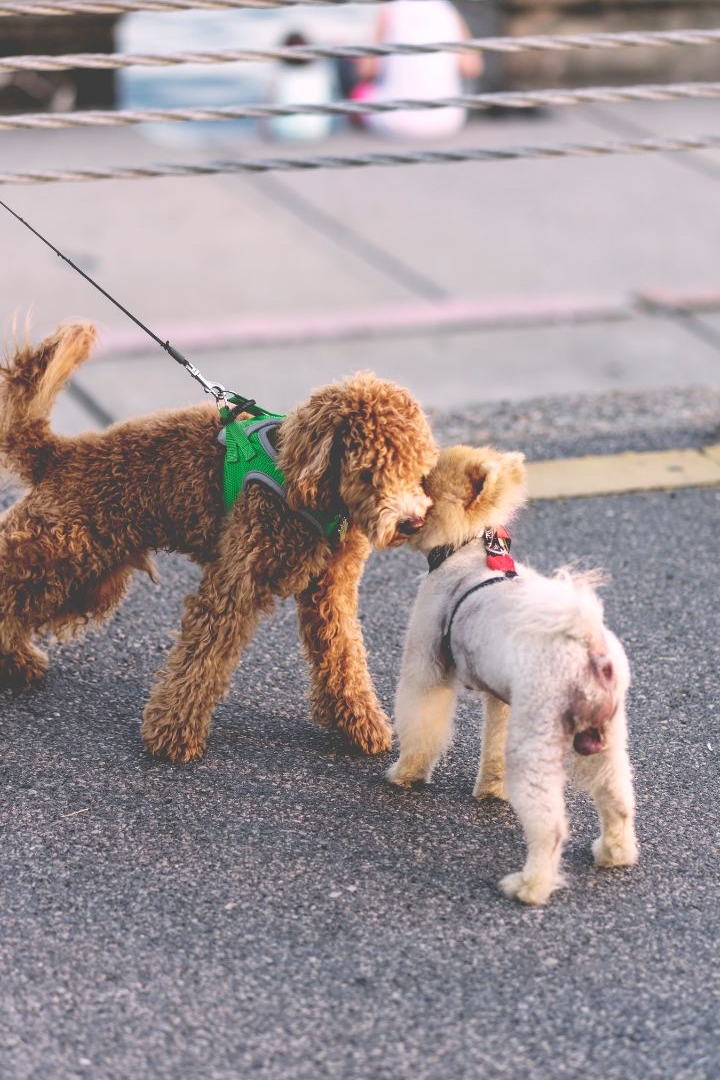
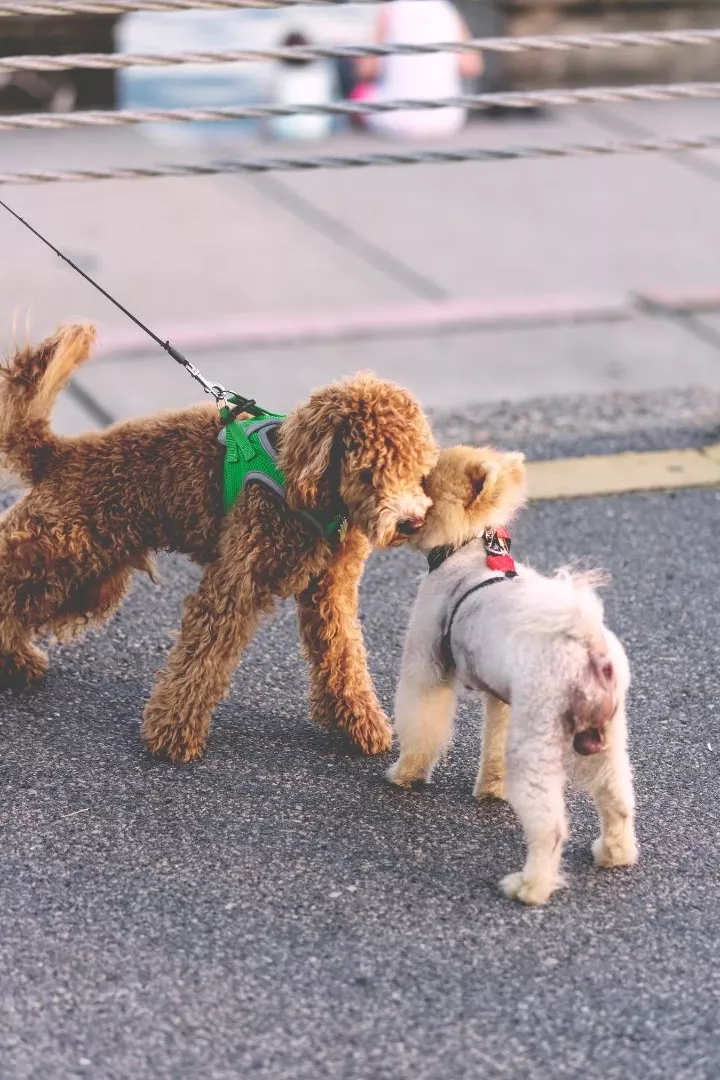
1. Choose a Neutral Location
Start introductions in a place neither dog considers their territory.
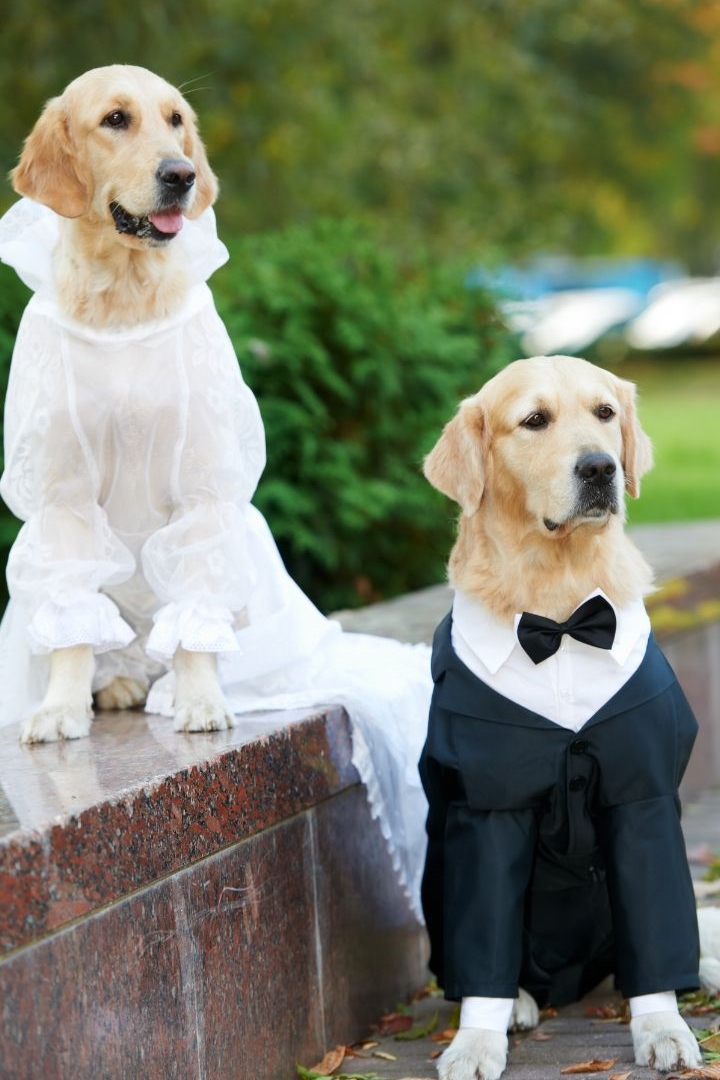
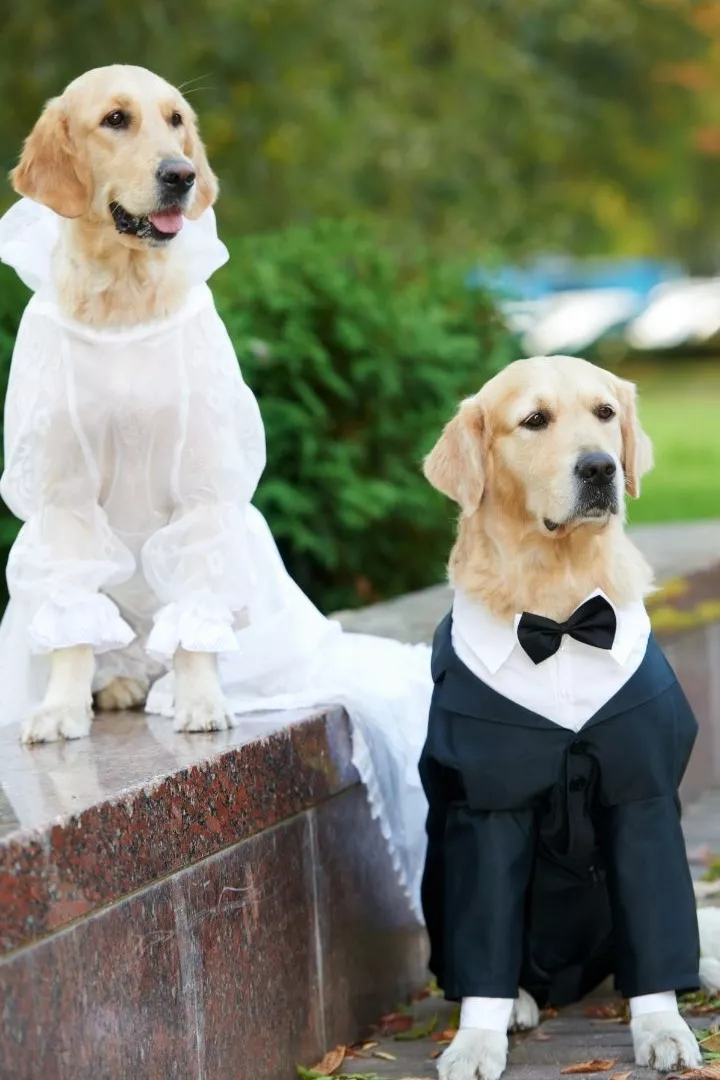
2. Keep Initial Interactions Short
Begin with brief encounters to prevent overwhelming the dogs.
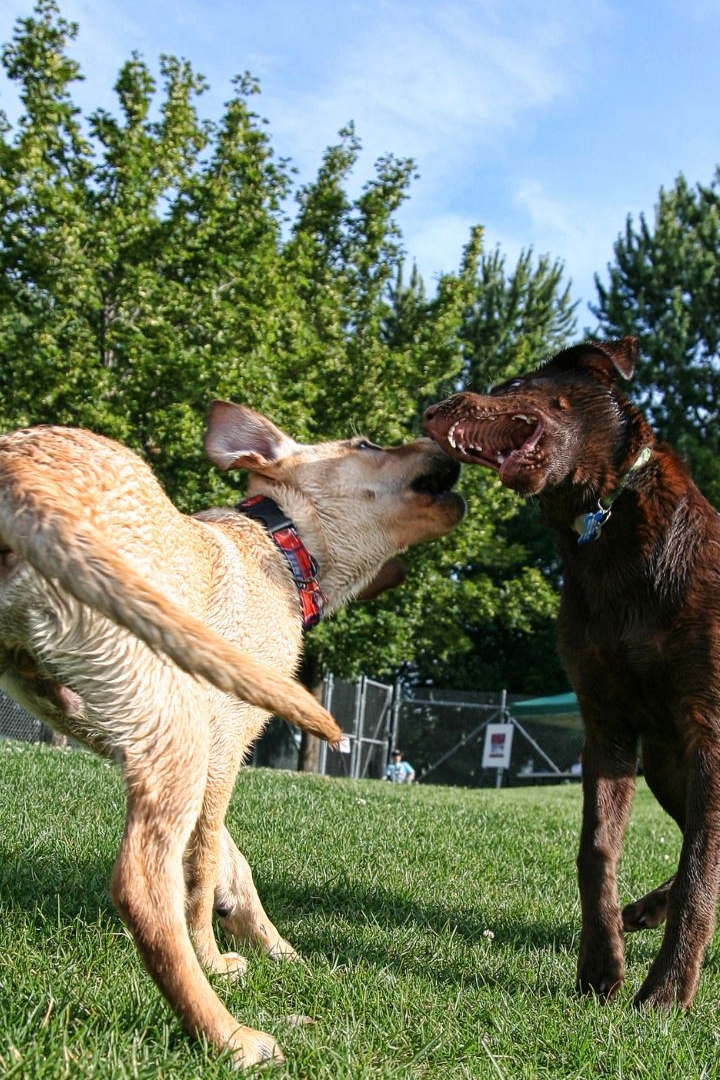
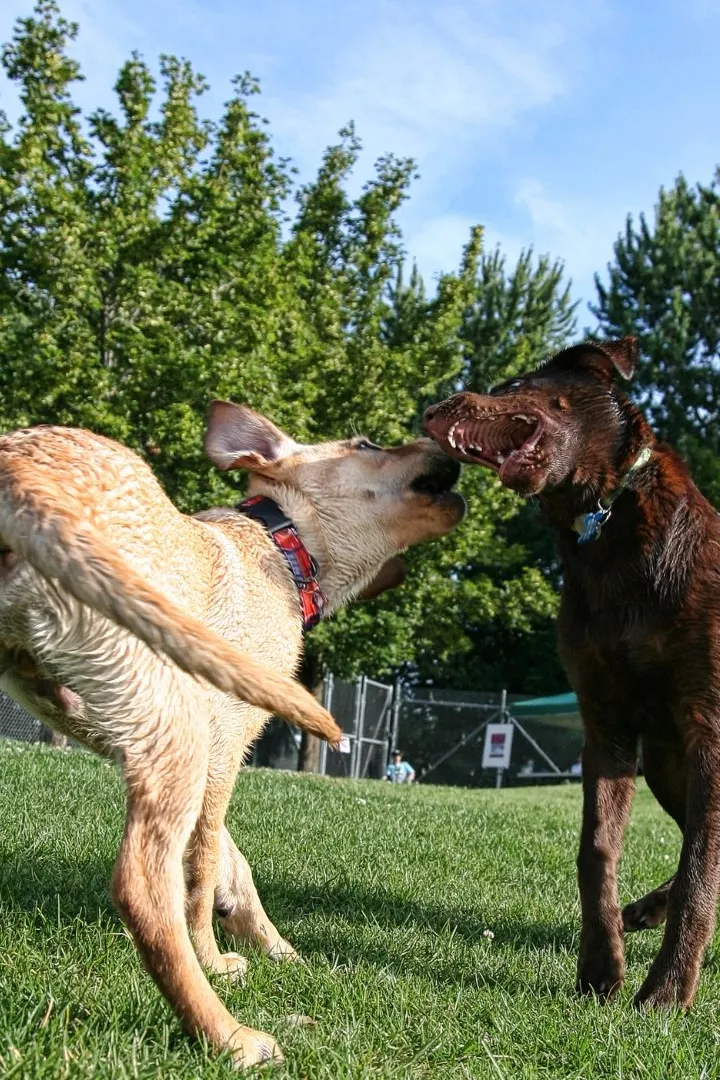
3. Use Leashes and Harnesses
Maintain control with leashes but avoid tension on them.
4. Observe Body Language
Watch for signs of stress or aggression in both dogs.
5. Allow Sniffing as a Form of Introduction
Sniffing is a natural and necessary dog greeting behavior.
6. Provide Positive Reinforcements
Use treats and praises to encourage good behavior.
7. Monitor Play Time
Keep a close eye on the dogs when they start to play.
8. Gradually Increase Their Time Together
Slowly extend the duration of their meetings.
9. Intervene When Necessary
Step in to prevent negative interactions.
10. Repeat Meetings if Needed
Multiple meetings might be necessary for a successful introduction.
Other stories
Check out the other stories from The Happy Puppers
The Blog
Check out the blog
Introducing dogs in a neutral area prevents territorial aggression and reduces tension. A local park or quiet street can serve as a good meeting point. Ensure the place is not frequented by other dogs at the time to avoid distractions and additional stress.
Start with short meetings of about 5-10 minutes to keep the first interactions positive and light. Observe their body language closely and end the session if signs of discomfort or aggression appear.
Keep both dogs on leashes held loosely. This ensures control over their movements without adding stress that tight leashes may cause. Harnesses can provide better control, especially for powerful dogs.
Understanding canine body language helps prevent conflicts. Look for relaxed postures, playful bows, and wagging tails. Conversely, raised hackles, stiff tail movements, or growls are warning signs to intervene.
Dogs gain a tremendous amount of information through sniffing, which is a critical component of their interaction. Allow them to sniff each other under supervision as it helps in establishing familiarity and hierarchy.
Reward both dogs with treats, praise, or petting when they display calm and friendly behavior towards each other. This reinforces positive interactions and makes the meeting a pleasant experience.
Once the dogs begin to play, watch for signs of play escalating into aggression. Ensure play is balanced with breaks and doesn’t become too rough. Intervene if necessary to calm them down.
As the dogs become more comfortable with each other, gradually increase the length of their interactions. This helps build a stable relationship at a comfortable pace for both dogs.
Always be ready to intervene if play turns into a fight or if one dog seems overwhelmed. Use a calm, firm voice to redirect their attention, or physically separate them if needed without putting yourself at risk.
Sometimes dogs need several encounters to get comfortable with each other. Don’t rush the process; plan for multiple short meetings to foster a gradual and natural bond.